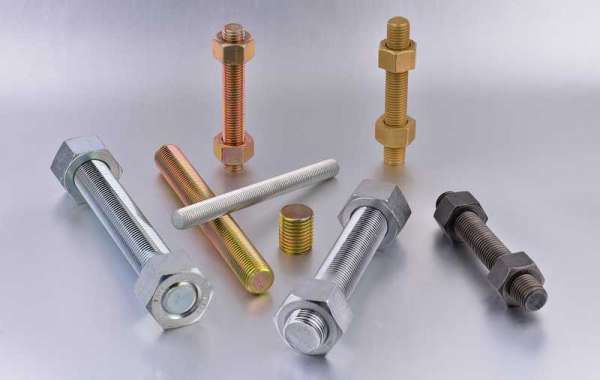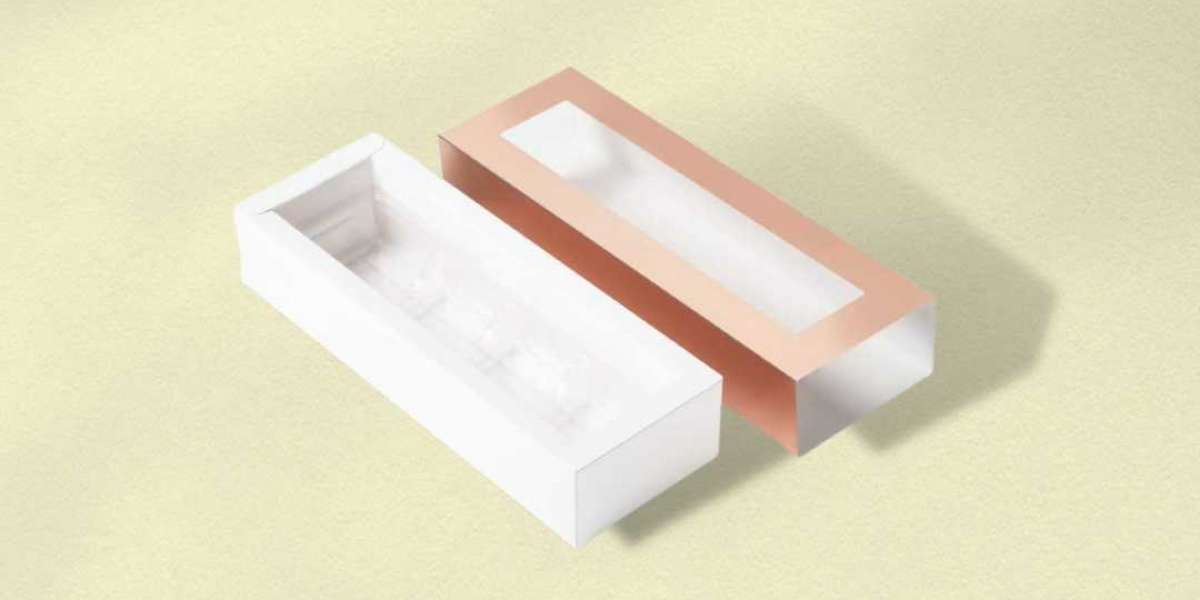When assembling stainless steel bolts and stainless steel nuts, we often lock up. Locking is also called biting, which refers to the phenomenon that bolts and nuts get stuck and locked during the tightening process. It usually occurs between stainless steel bolts and stainless steel nuts, so it is also called stainless steel screw lock or stainless steel screw jam. 2H Heavy Hex Nuts Manufacturer will talk about why the lock occurs? The reasons are as follows:
- Excessive locking force and low thermal conductivity of stainless steel can easily lead to thread locking. Stainless steel nuts generate heat due to friction during rotation. The thermal conductivity of stainless steel is relatively low. When the generated pressure and heat destroy the chromium oxide layer (the oxide layer of stainless steel that is not easy to rust), the metal tooth pattern will directly block/shear, and the stainless steel will become soft. Adhesion phenomenon. The greater the tightening force, the greater the heat generated, and the more likely the stainless steel of the screw shaft part will produce adhesion.
- The inclination angle of the thread matching and the softer characteristics of stainless steel may cause jamming. During the installation process, uneven force or inclination will make the inclination of the central axis of the screw and nut greater, which may damage the tooth profile and cause bite lock; if the iron is rubbed during the locking process, the stainless steel screw The hardness is relatively soft. The chips will stick and will not fall, which will interfere with the smooth in and out of the threads and cause the bottom and top of the teeth to die.
Through the above introduction, Heavy Hex Bolt Factory hopes that you can simply refer to the content of this article in future use.






